Google and Chromasonic make sense of colour at Milan Design Week
Google's interactive installation in collaboration with Chromasonic demonstrates how colour influences our perception of the world
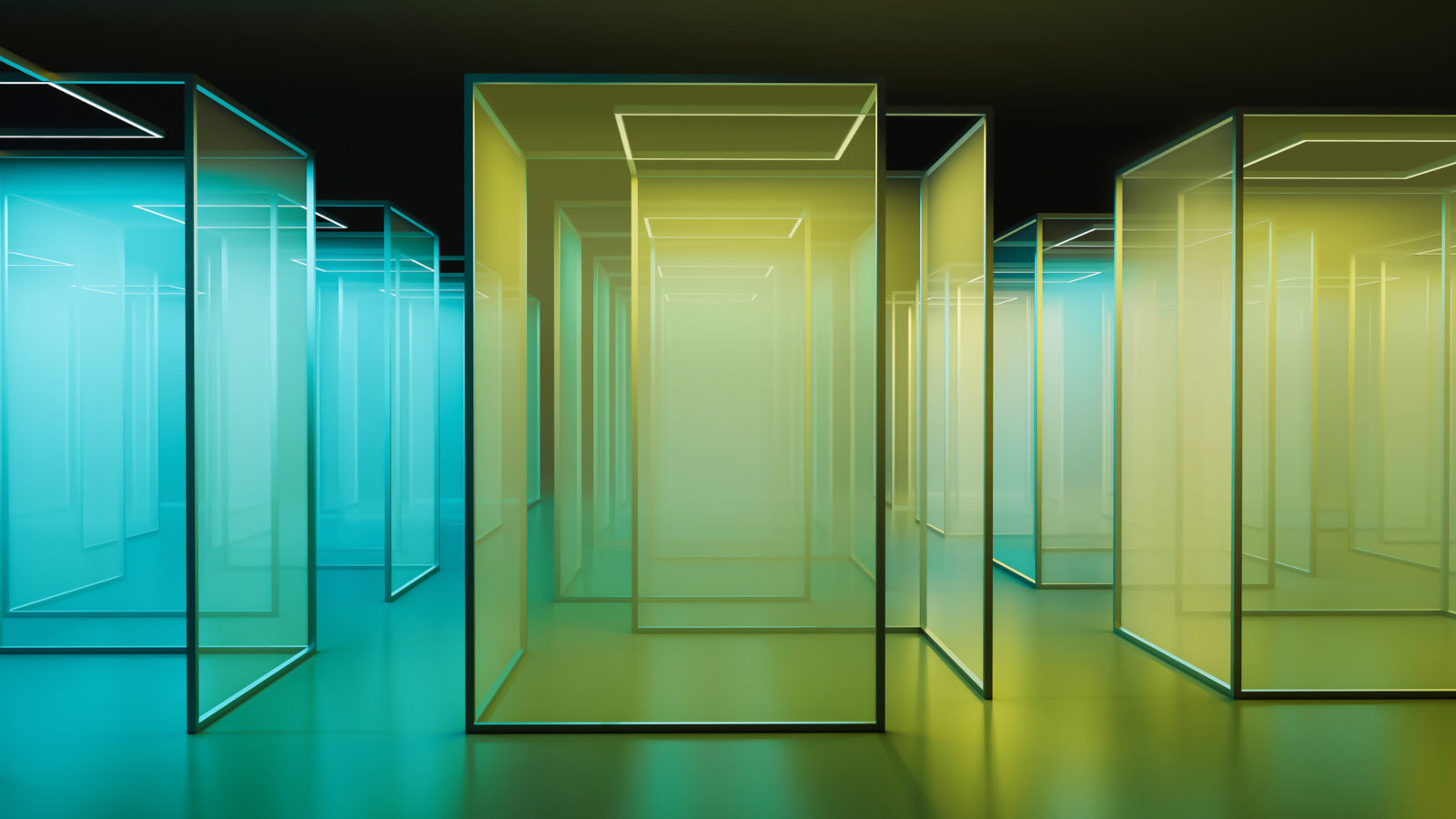
There’s no denying that colour, like form and texture, inform how we understand our surroundings. It can evoke emotion and, according to the design team at Google, it can also be expressed through sound, taste, smell and touch, as much as visual perception.
The studio is mounting its third interactive exhibition at Milan Design Week 2024, in collaboration with Los Angeles-based art and research lab Chromasonic. The 'Making Sense of Color' installation activates all the senses as visitors move through 21 ethereal spaces delimited by scrim walls with responsive light and audio displays. They eventually reach a series of rooms more tangibly demonstrating how certain tones relate to specific sensations and are harnessed in the brand’s ever-evolving suite of products—phones, tablets and smart home devices.
Google: Making Sense of Color
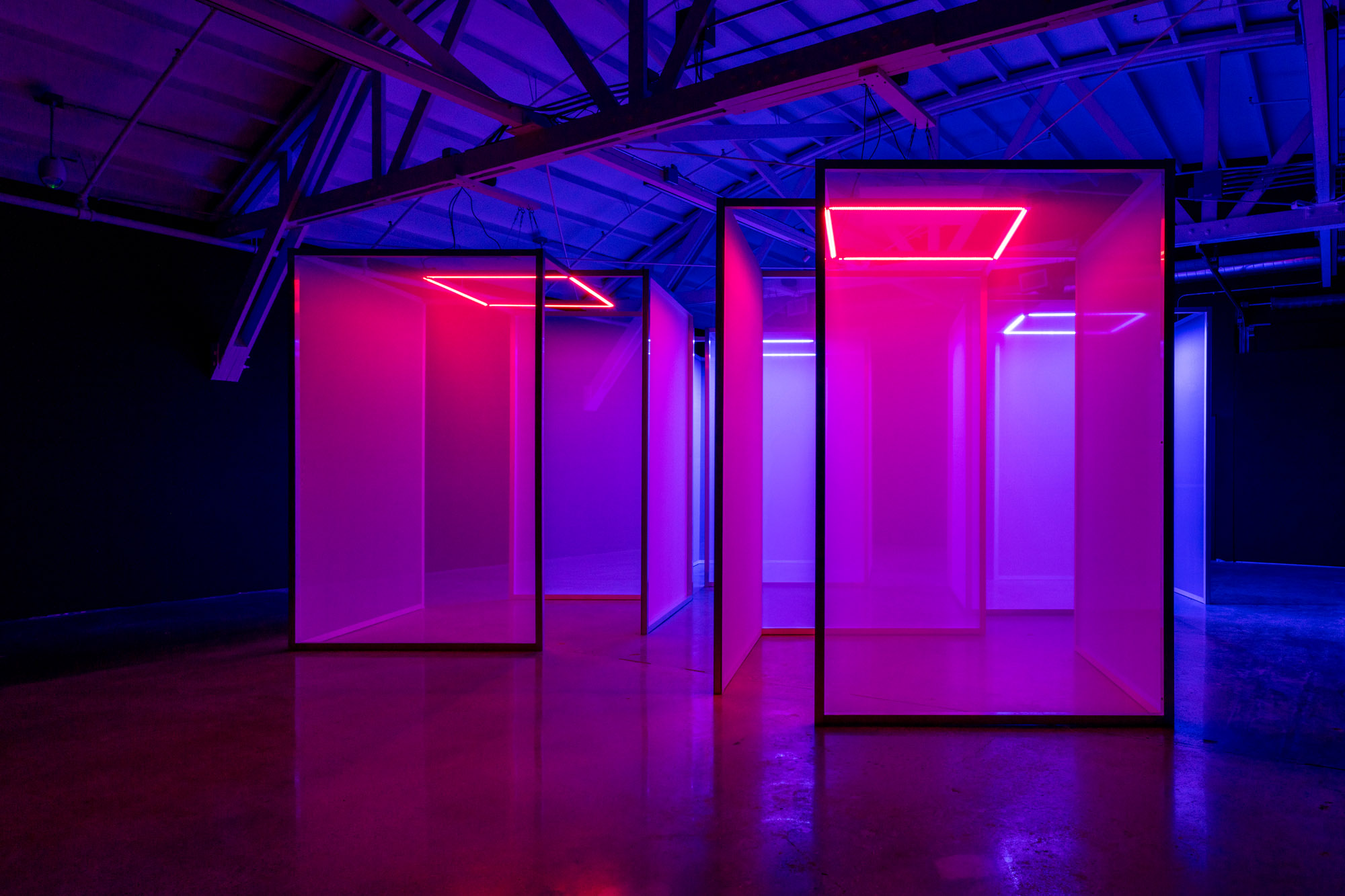
'Colour resonates with vibrancy, embodying energy,' says Ivy Ross, Vice President of Design, UX, and Research for Hardware Products at Google, 'Color has both biological and psychological influence on us. Right now we are going through a lot of emotion as a society, so understanding the power of these natural forces and its different properties seems as relevant as ever.'
Chromasonic has created well-received immersive light and sound installations—such as Venice, Satellite One space in California—with the aim of promoting wellbeing. Ross and her team chose to collaborate with the practice because of its ability to make colour more experiential and physically engaging. The art and research lab has implemented its proprietary Chromasonic Refrequencing technology.

'Light waves are converted to sound waves and sound waves are converted into light waves in real-time; in essence, making light audible and sound visible,' says Harriet Girardoni, practice co-founder. 'Light and sound travel as one and accentuates our awareness of our presence within it and of others as they pass through, appearing and dissolving within and between the array of the installation's spaces.'
By merging the immateriality of light with the materiality of sound, this formula expands natural perception. Visitors can experience a deeper sense of presence within the synesthetic environment. 'Colour can evoke memory, inspire desire, and captivate us in the moment with a feeling of awe,” adds Johannes Girardoni, Chromasonic co-founder. “We spatialize colour and sound to create shapeshifting experiences of physical space. It is a means of intentional placemaking.'
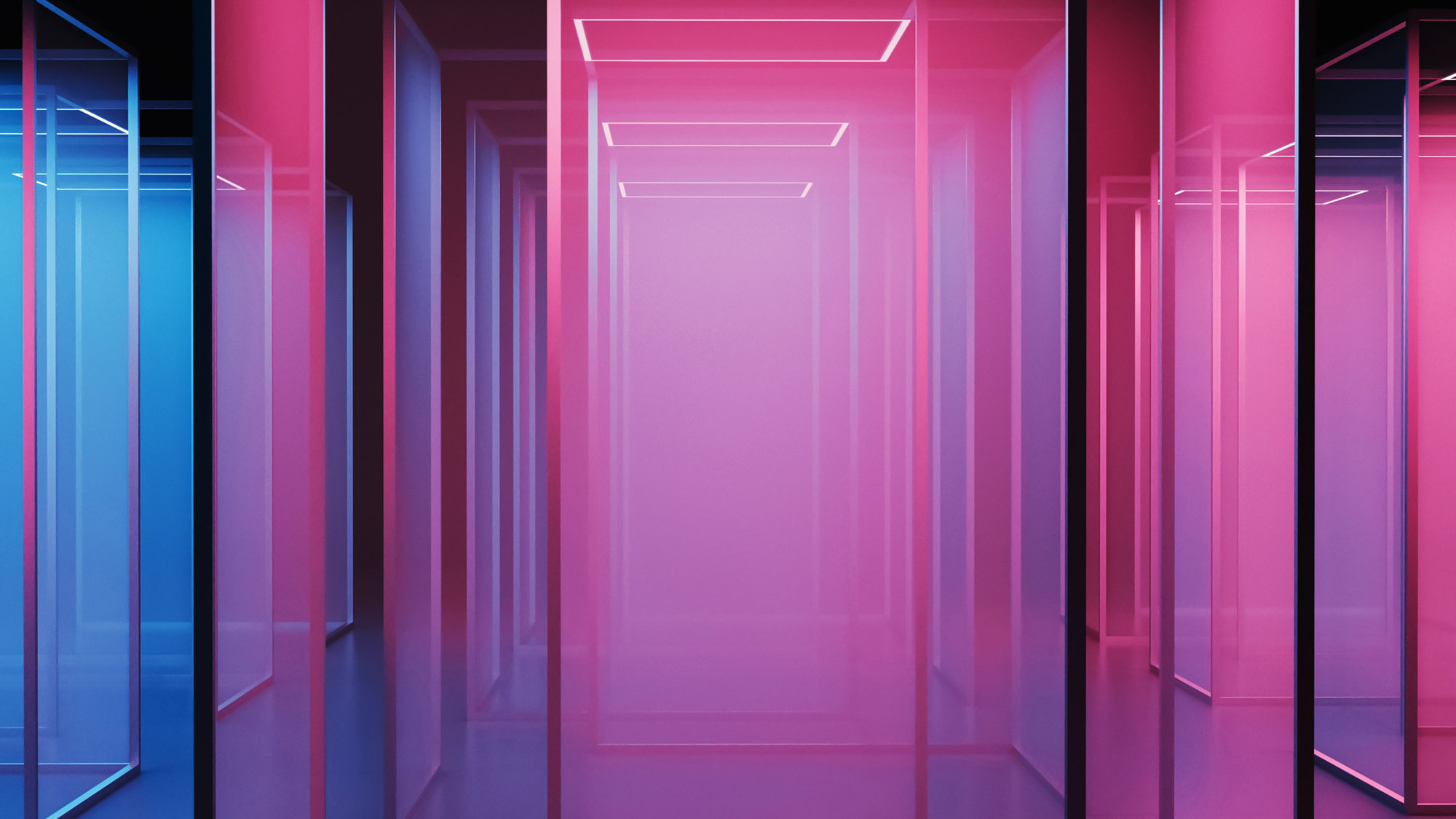
For many design industry visitors touring an ever-exhausting Milan Design Week and Salone del Mobile furniture fair, Google’s installations offer rest, relaxation and contemplation. 'We do believe this year’s exhibit will provide guests the kind of respite that leaves them feeling both refreshed and revitalised,' Ross concludes. 'We started using the Salone to share our thought leadership in design and what inspires us, we love to create experiences that are presented to the design professional and the general public.'
Receive our daily digest of inspiration, escapism and design stories from around the world direct to your inbox.
Making Sense of Colour is on view from 15 to 21 April, during Milan Design Week 2024
Garage 21
via Archimede, 26
20129 Milan
store.google.com
chromasonic.com
Adrian Madlener is a Brussels-born, New York-based writer, curator, consultant, and artist. Over the past ten years, he’s held editorial positions at The Architect’s Newspaper, TLmag, and Frame magazine, while also contributing to publications such as Architectural Digest, Artnet News, Cultured, Domus, Dwell, Hypebeast, Galerie, and Metropolis. In 2023, He helped write the Vincenzo De Cotiis: Interiors monograph. With degrees from the Design Academy Eindhoven and Parsons School of Design, Adrian is particularly focused on topics that exemplify the best in craft-led experimentation and sustainability.
-
 Dive into Buccellati's rich artistic heritage in Shanghai
Dive into Buccellati's rich artistic heritage in Shanghai'The Prince of Goldsmiths: Buccellati Rediscovering the Classics' exhibition takes visitors on an immersive journey through a fascinating history
-
 Love jewellery? Now you can book a holiday to source rare gemstones
Love jewellery? Now you can book a holiday to source rare gemstonesHardy & Diamond, Gemstone Journeys debuts in Sri Lanka in April 2026, granting travellers access to the island’s artisanal gemstone mines, as well as the opportunity to source their perfect stone
-
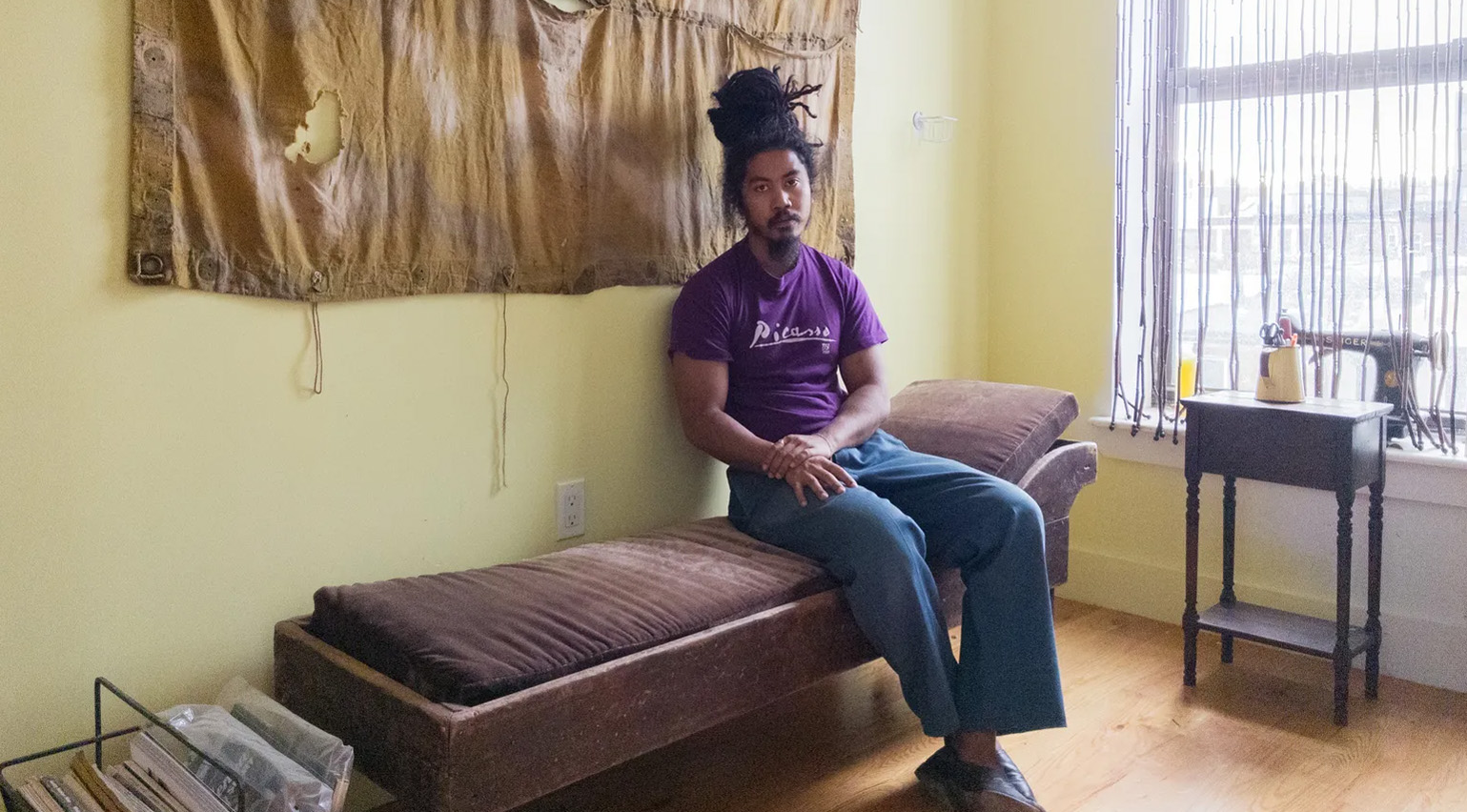 The rising style stars of 2026: Connor McKnight is creating a wardrobe of quiet beauty
The rising style stars of 2026: Connor McKnight is creating a wardrobe of quiet beautyAs part of the January 2026 Next Generation issue of Wallpaper*, we meet fashion’s next generation. Terming his aesthetic the ‘Black mundane’, Brooklyn-based designer Connor McKnight is elevating the everyday
-
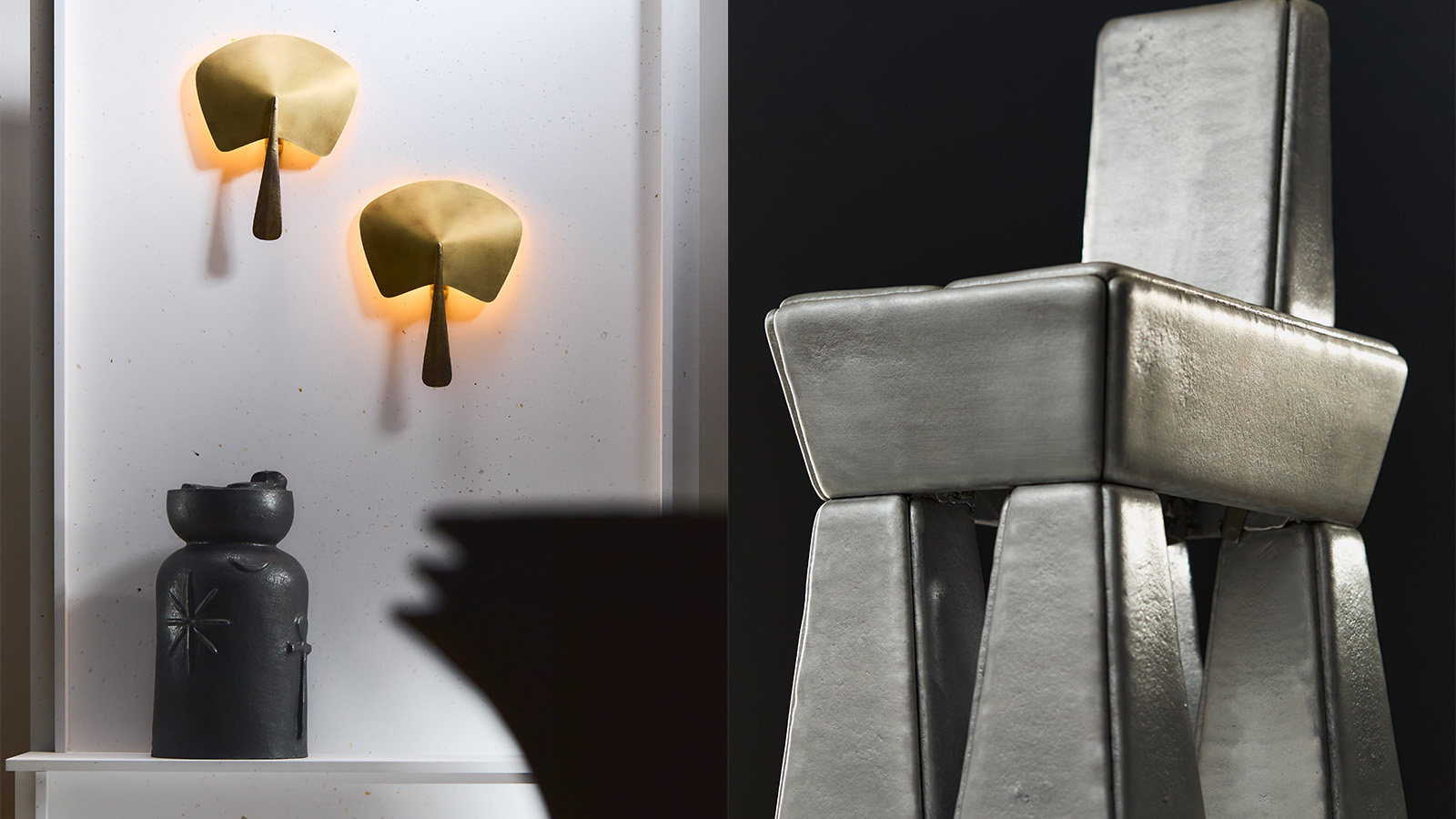 20 emerging designers shine in our ‘Material Alchemists’ film
20 emerging designers shine in our ‘Material Alchemists’ filmWallpaper’s ‘Material Alchemists’ exhibition during Milan Design Week 2025 spotlighted 20 emerging designers with a passion for transforming matter – see it now in our short film
-
 Delve into the Wallpaper* Design Directory 2025, on sale now
Delve into the Wallpaper* Design Directory 2025, on sale nowIn the July issue of Wallpaper*, find a photographic love letter to Milan Design Week, plus the best new furniture, lighting, kitchens, bathrooms and more
-
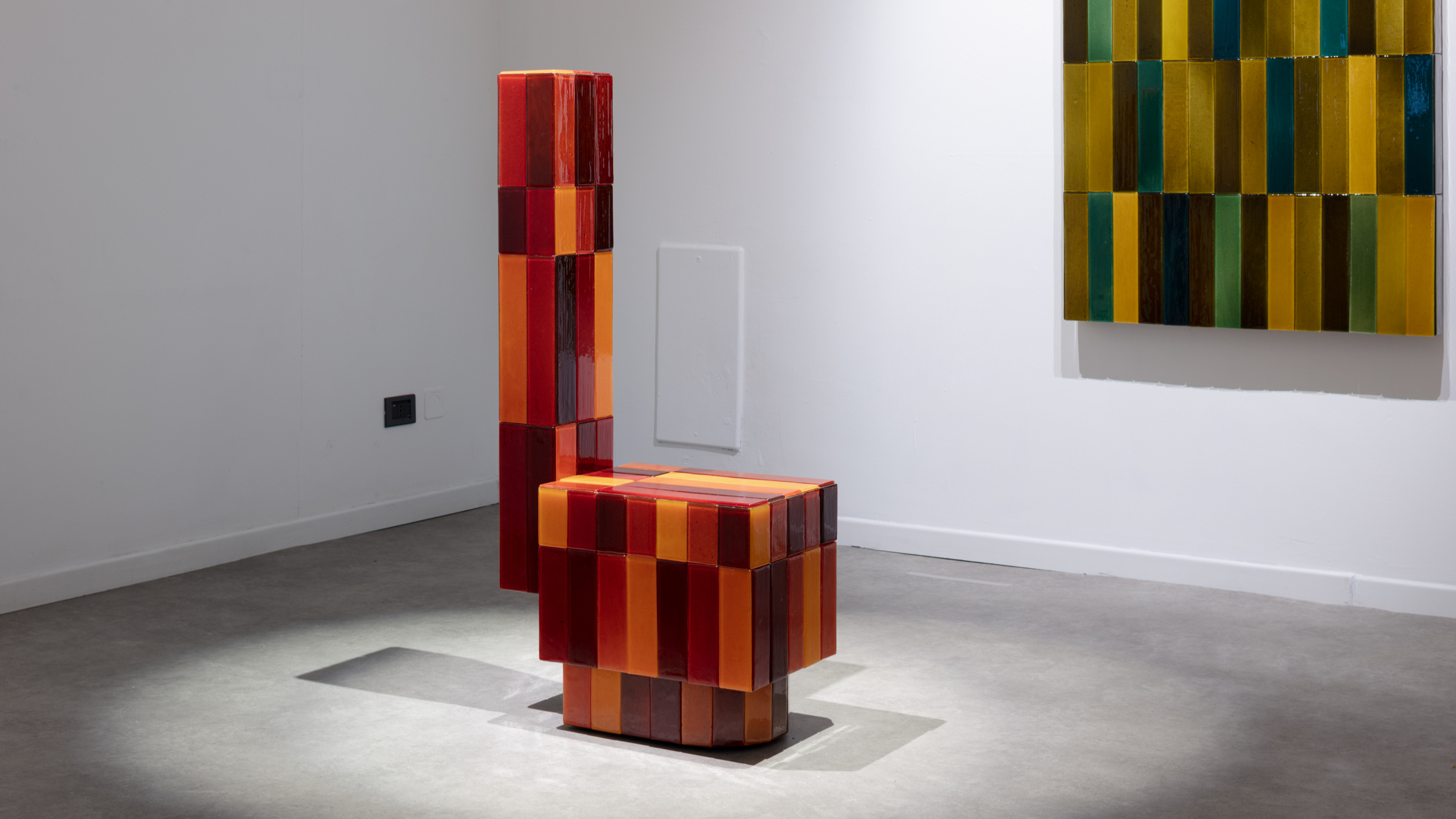 Tokyo design studio We+ transforms microalgae into colours
Tokyo design studio We+ transforms microalgae into coloursCould microalgae be the sustainable pigment of the future? A Japanese research project investigates
-
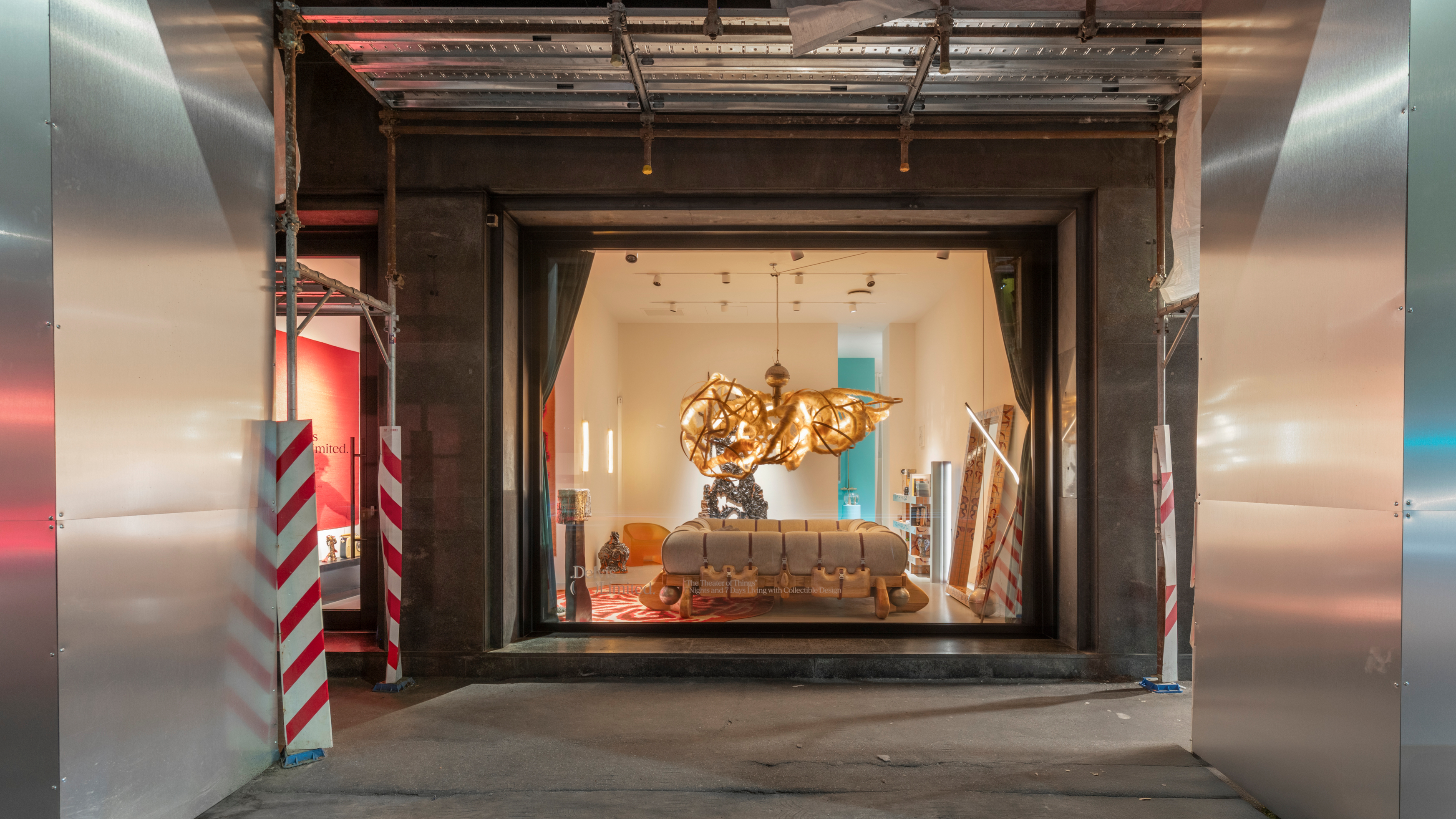 Delvis (Un)Limited turns a Brera shopfront into a live-in design installation
Delvis (Un)Limited turns a Brera shopfront into a live-in design installationWhat happens when collectible design becomes part of a live performance? The Theatre of Things, curated by Joseph Grima and Valentina Ciuffi, invited designers to live with their work – and let the public look in
-
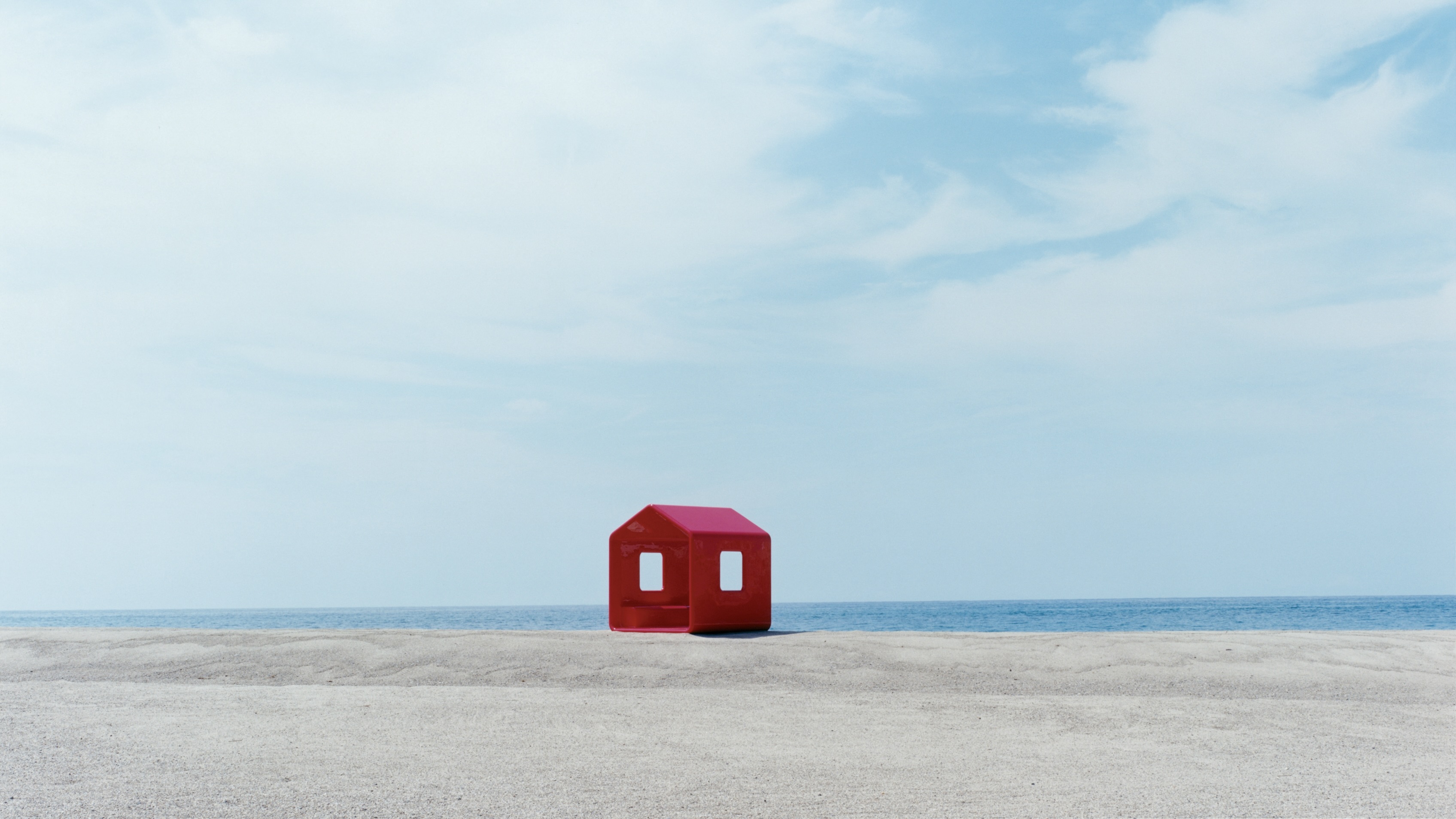 Naoto Fukasawa sparks children’s imaginations with play sculptures
Naoto Fukasawa sparks children’s imaginations with play sculpturesThe Japanese designer creates an intuitive series of bold play sculptures, designed to spark children’s desire to play without thinking
-
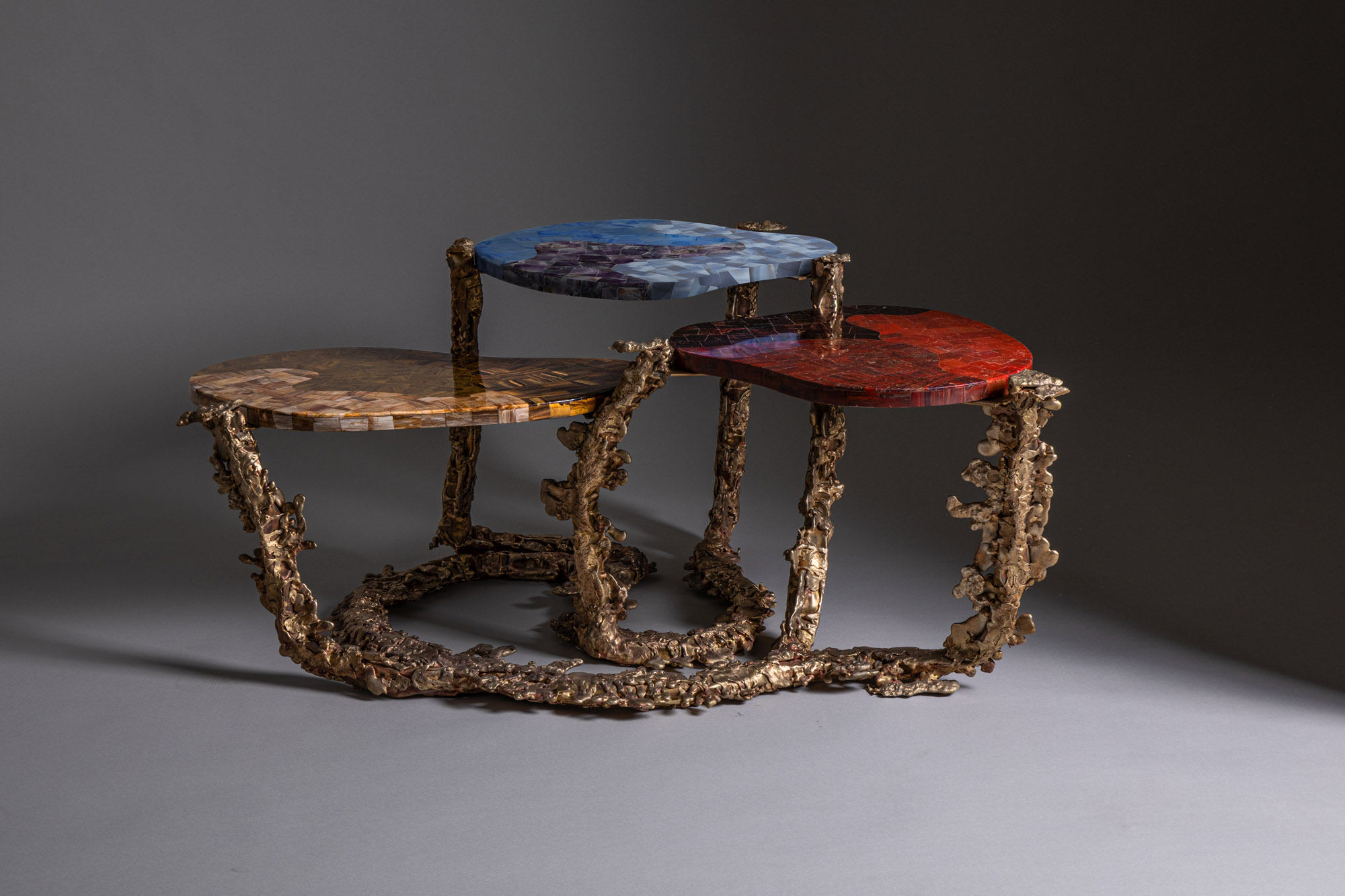 Inside the Shakti Design Residency, taking Indian craftsmanship to Alcova 2025
Inside the Shakti Design Residency, taking Indian craftsmanship to Alcova 2025The new initiative pairs emerging talents with some of India’s most prestigious ateliers, resulting in intricately crafted designs, as seen at Alcova 2025 in Milan
-
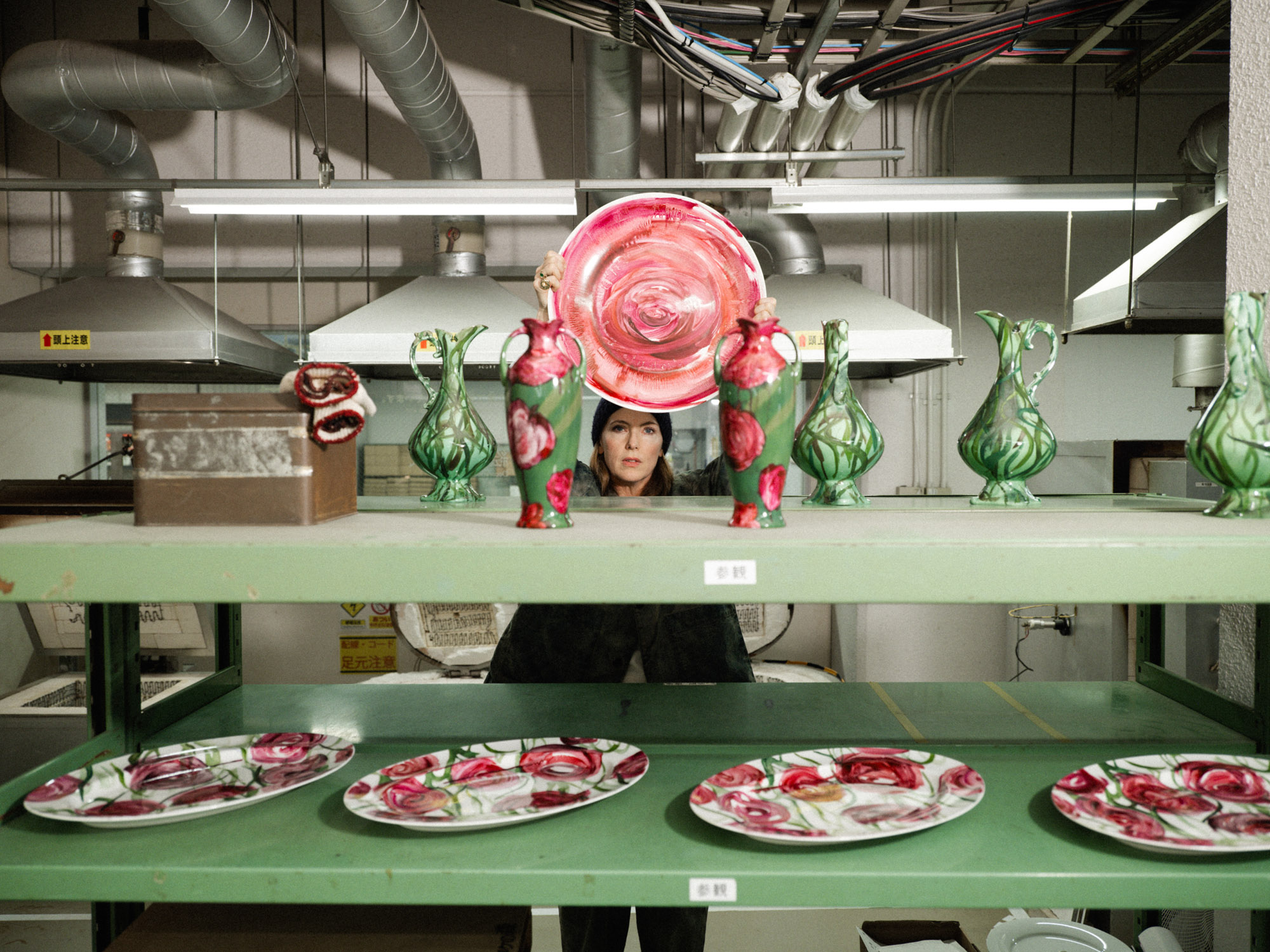 Faye Toogood comes up roses at Milan Design Week 2025
Faye Toogood comes up roses at Milan Design Week 2025Japanese ceramics specialist Noritake’s design collection blossoms with a bold floral series by Faye Toogood
-
 6:AM create a spellbinding Murano glass showcase in Milan’s abandoned public shower stalls
6:AM create a spellbinding Murano glass showcase in Milan’s abandoned public shower stallsWith its first solo exhibition, ‘Two-Fold Silence’, 6:AM unveils an enchanting Murano glass installation beneath Piscina Cozzi